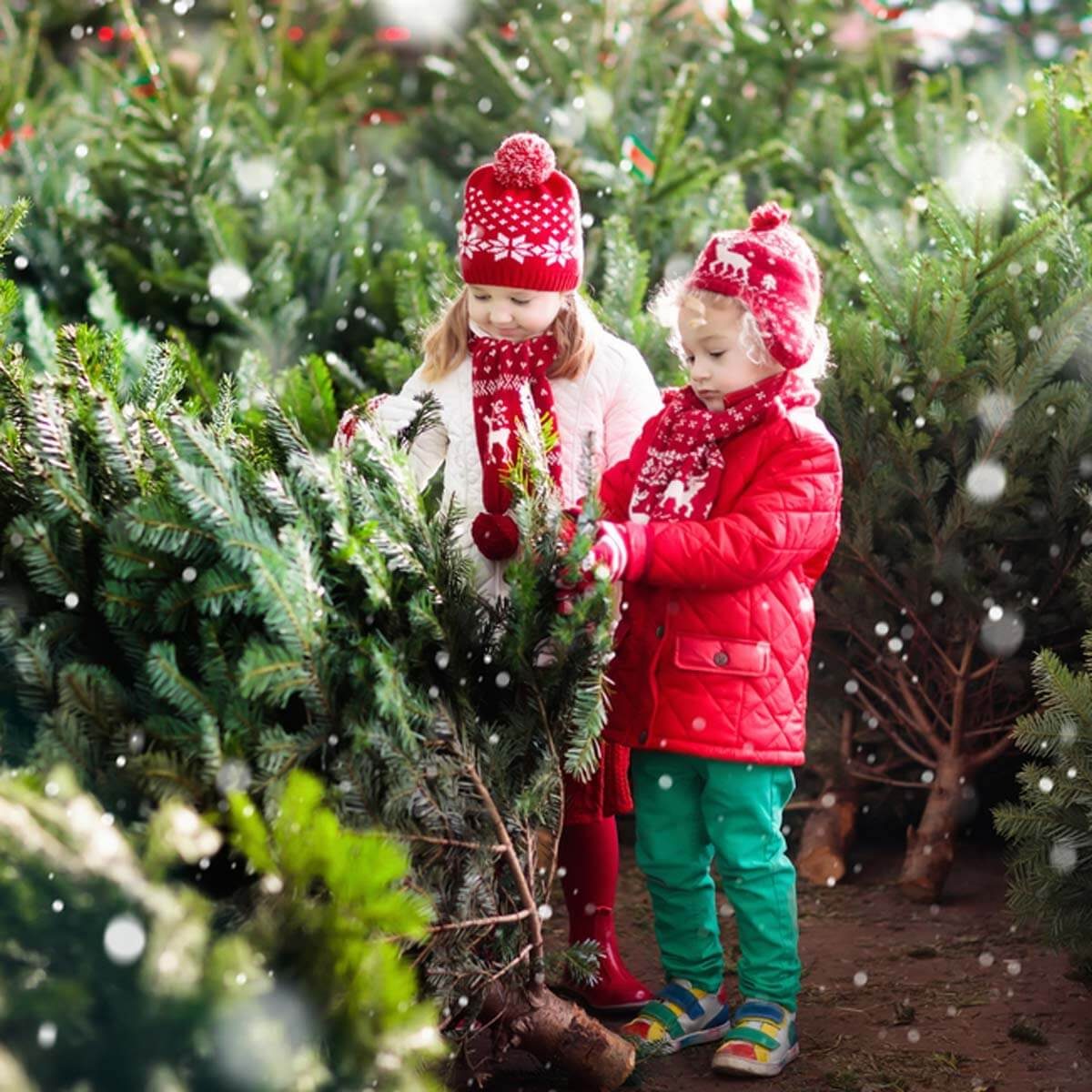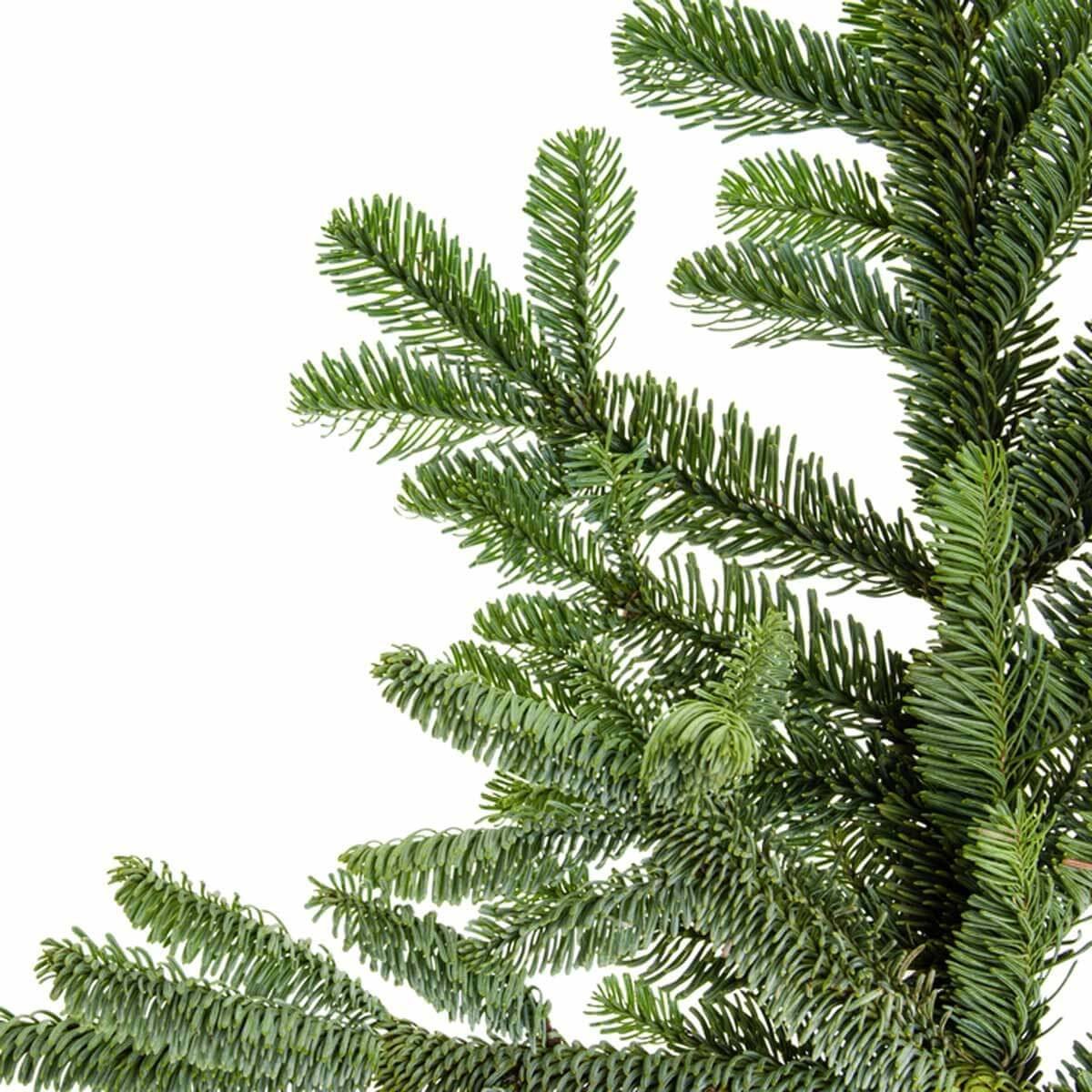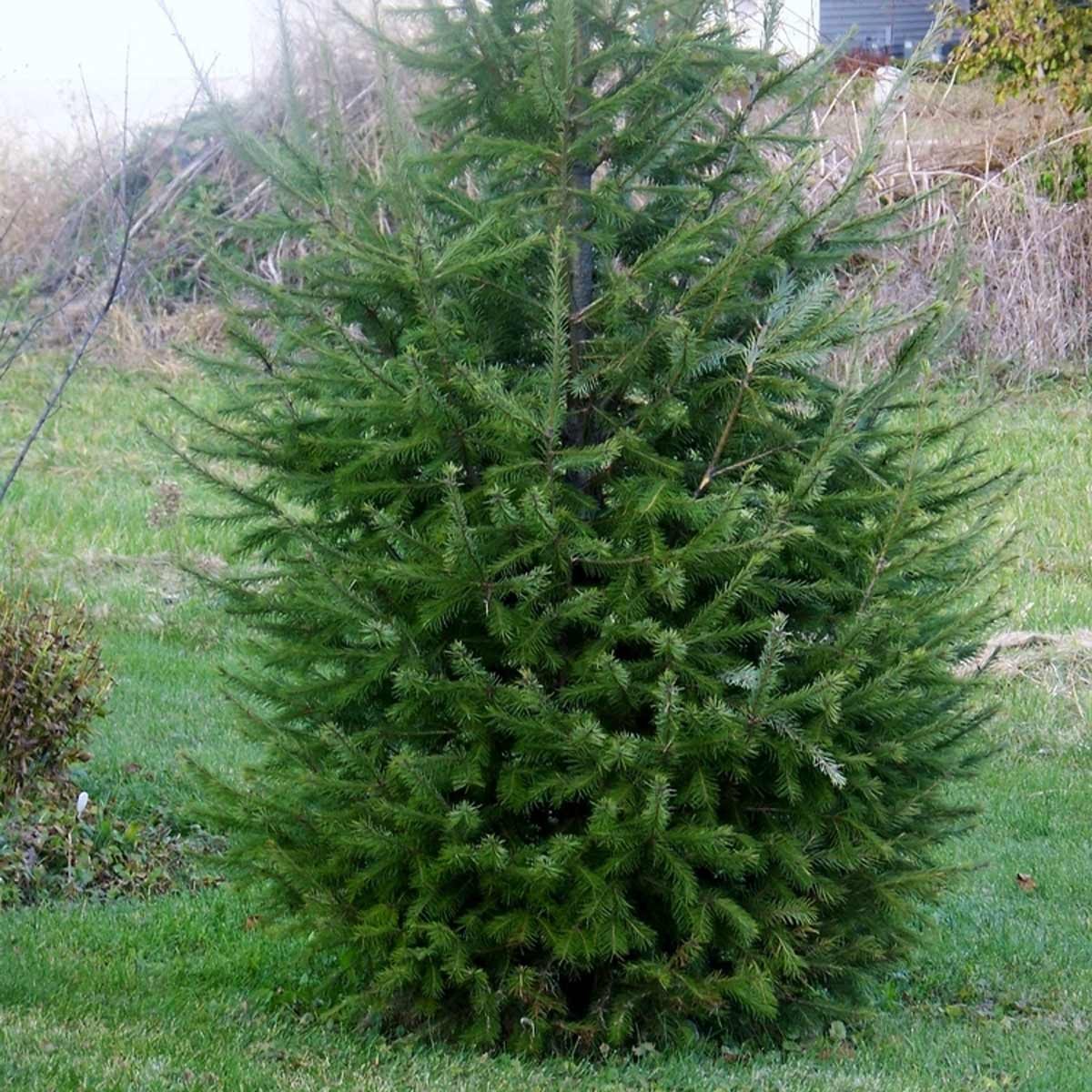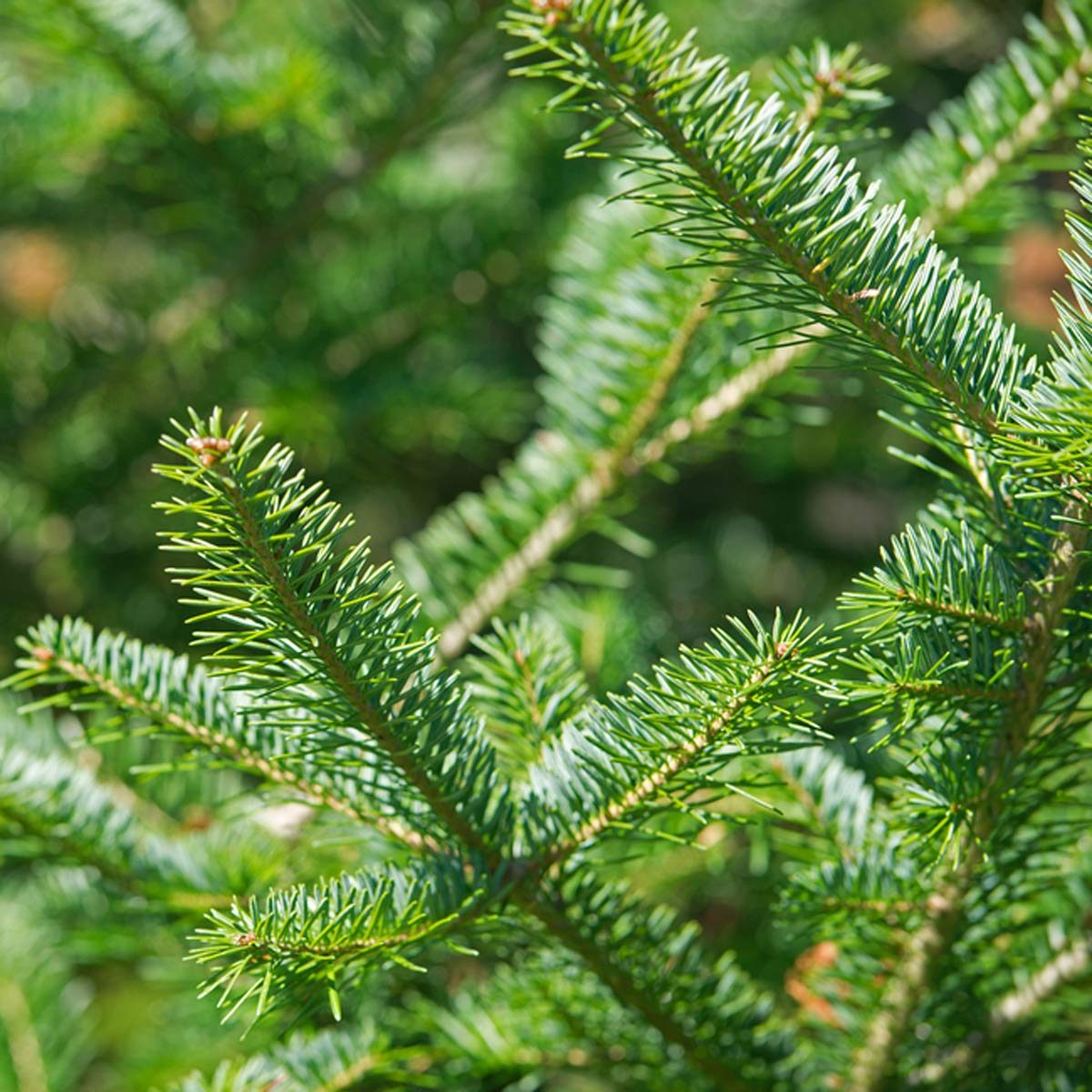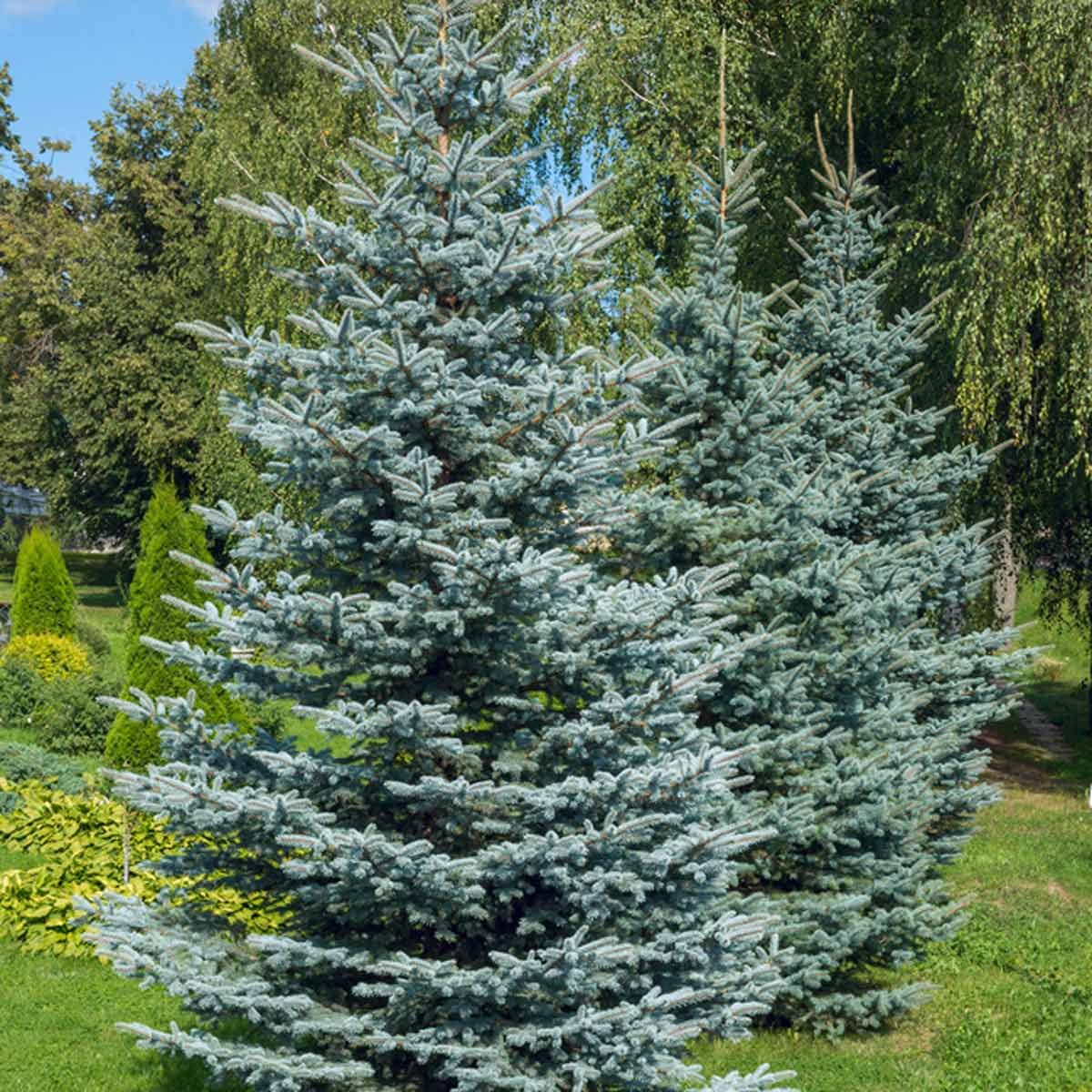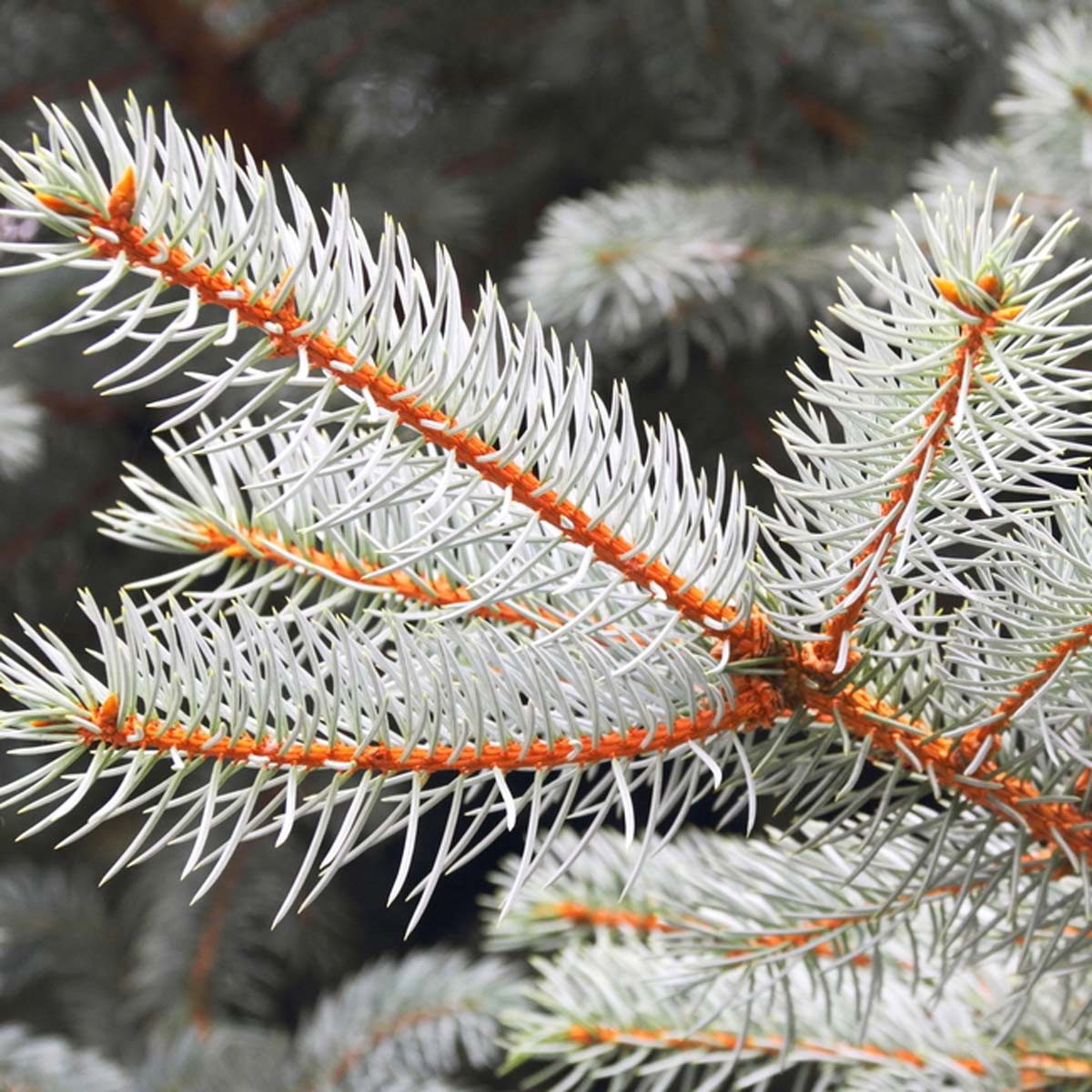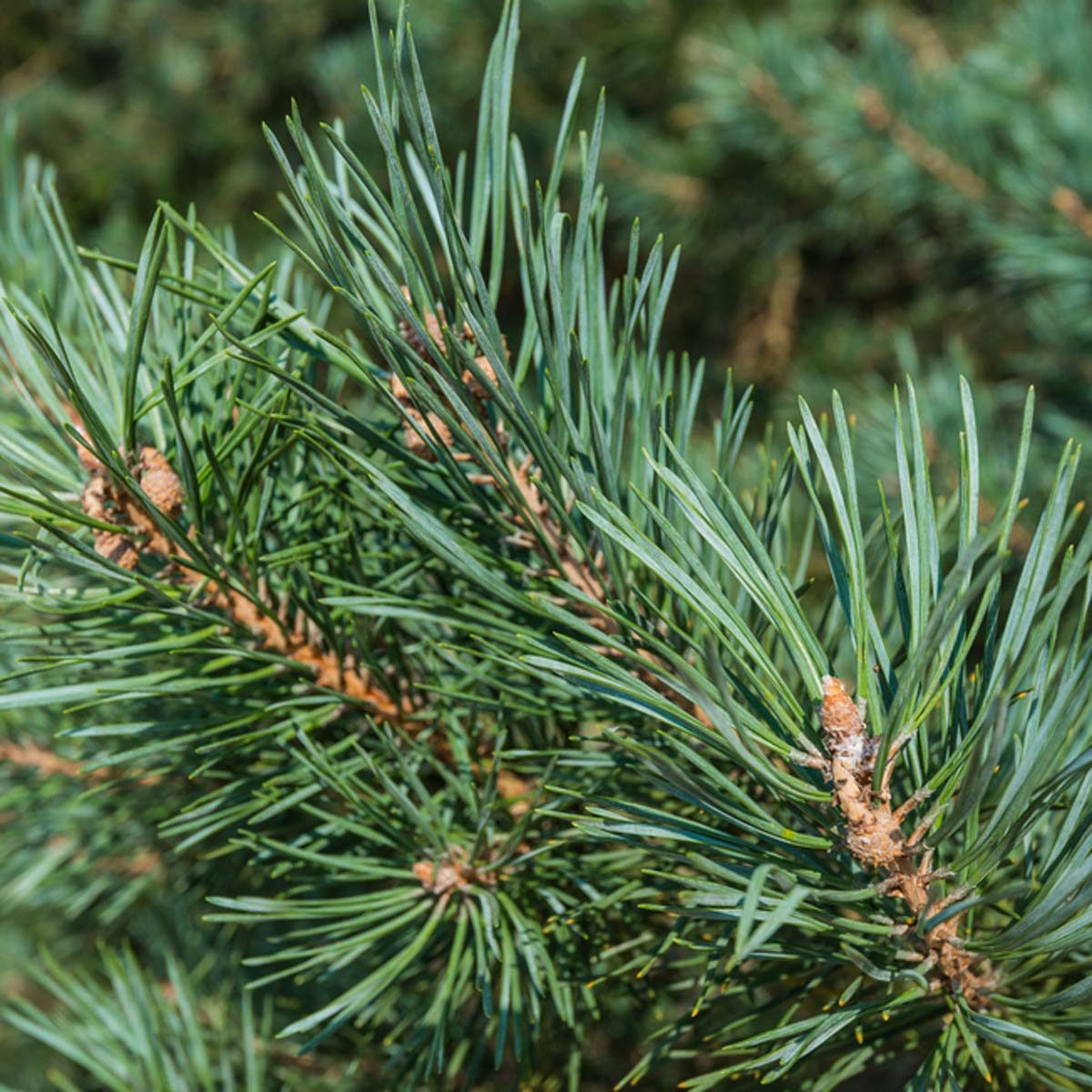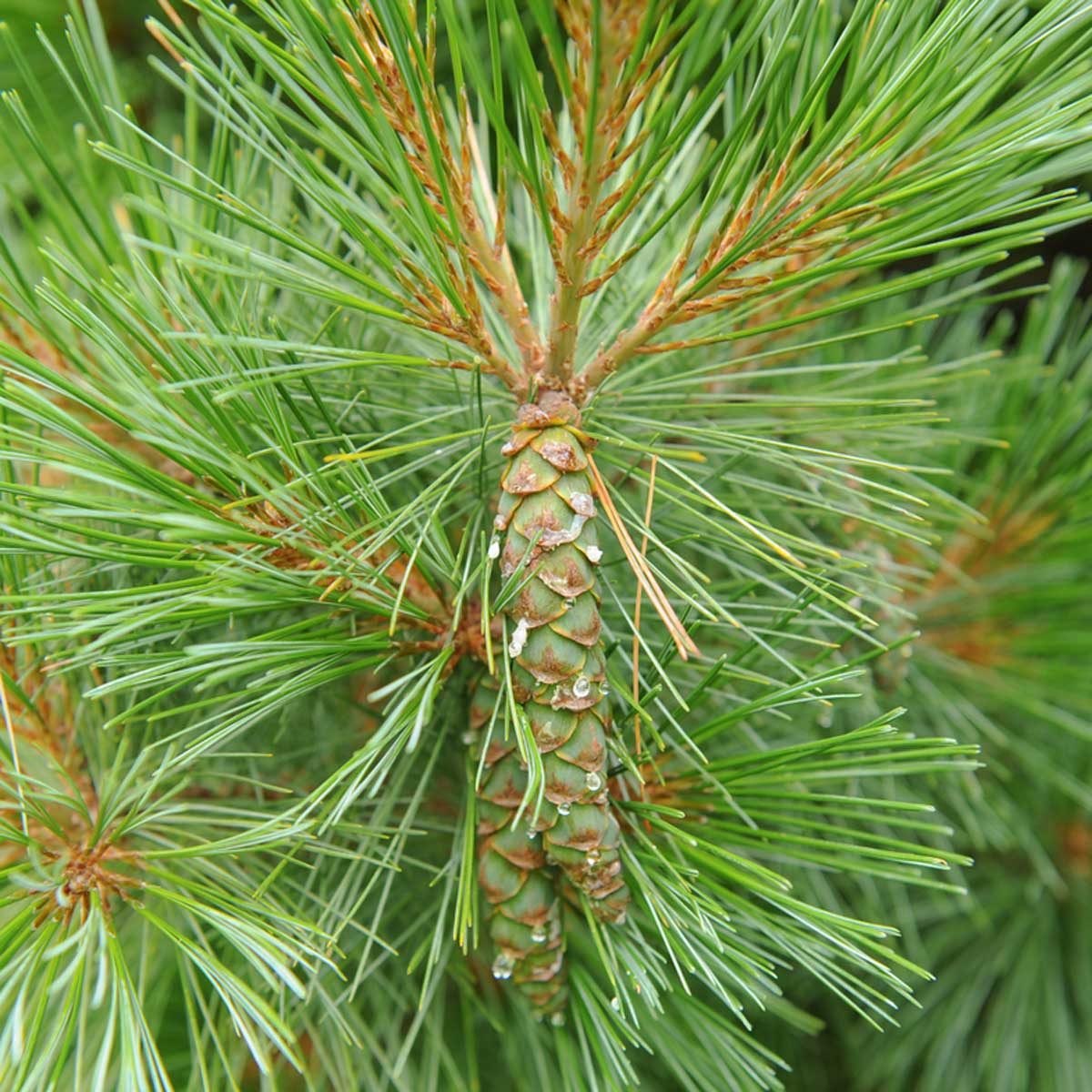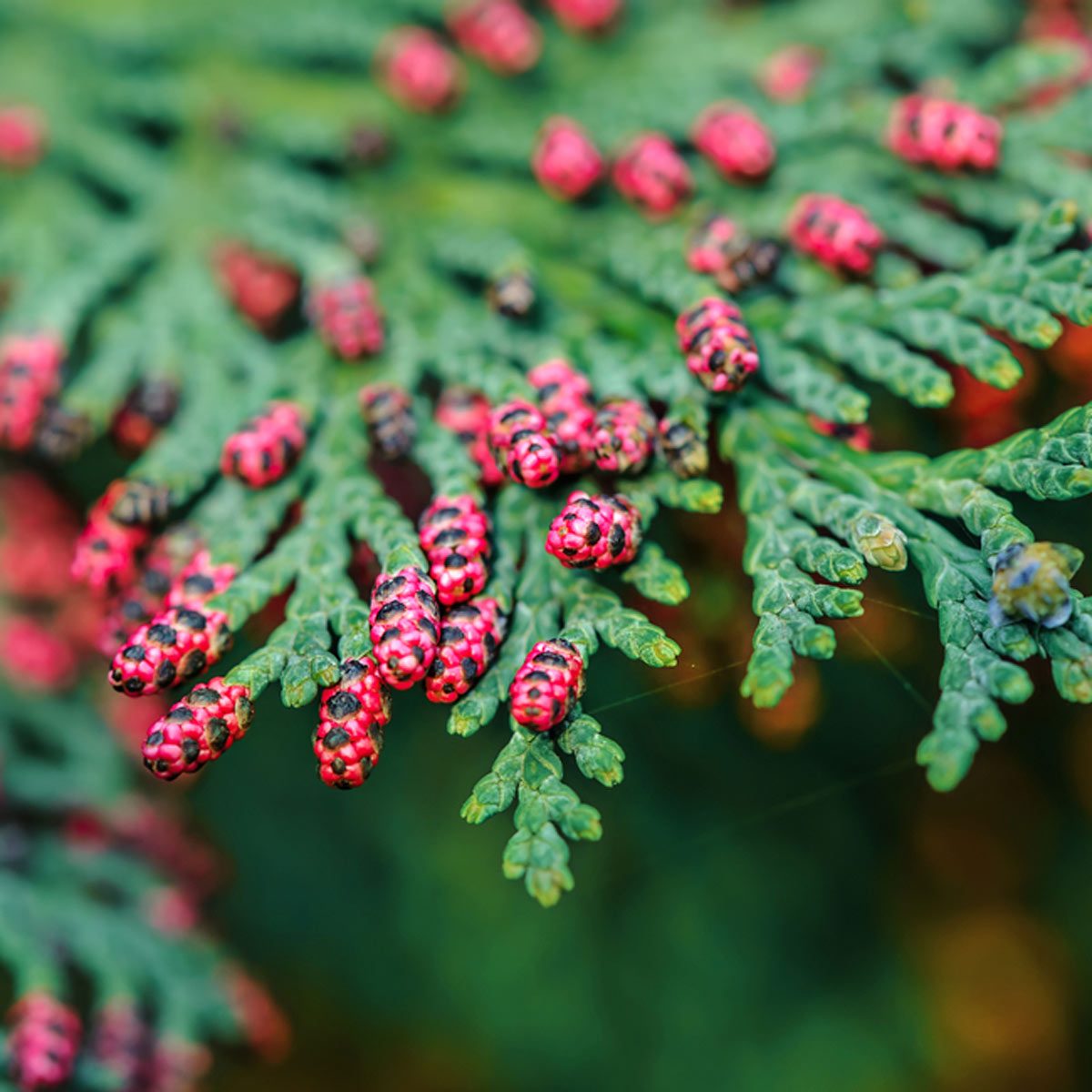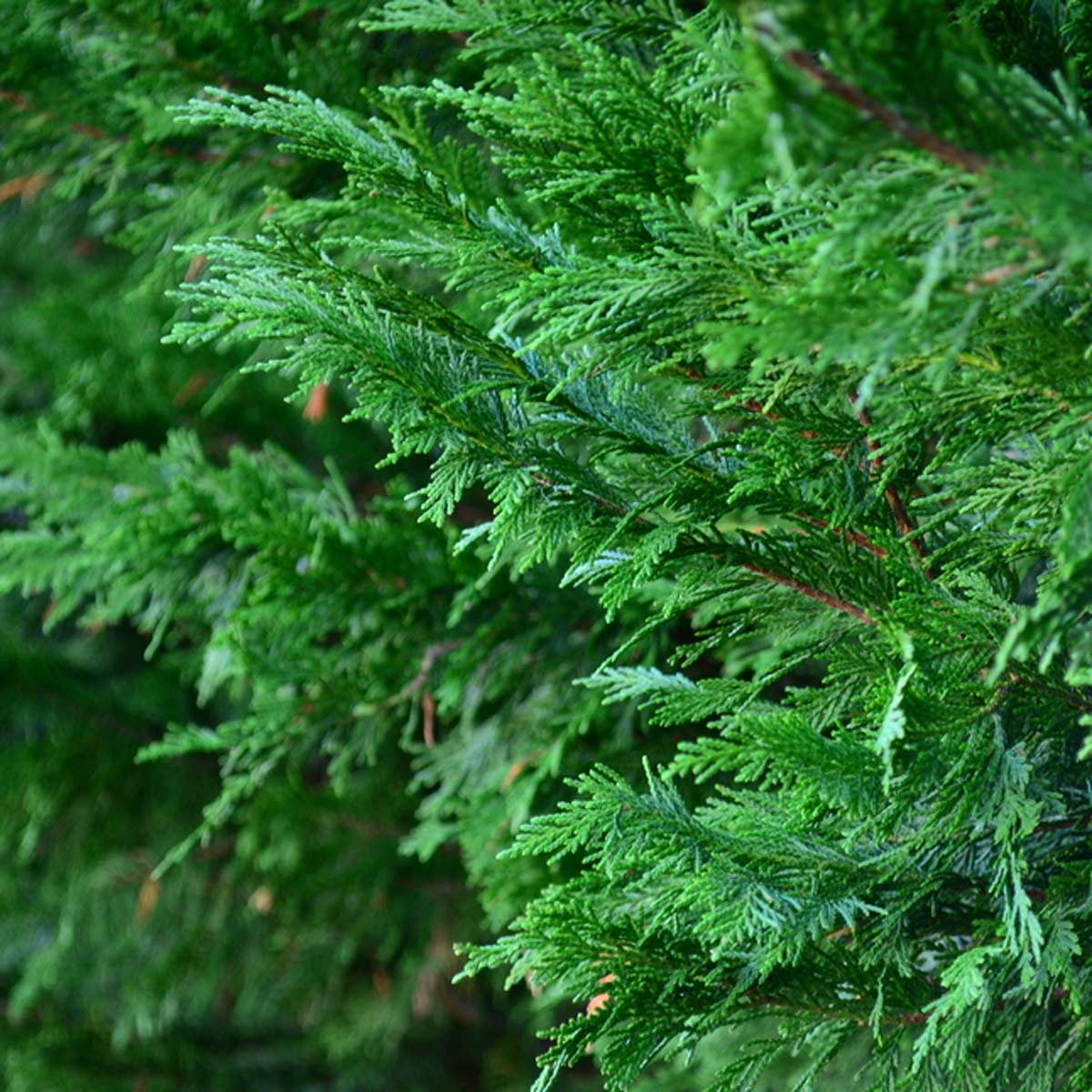/PlantingTree-58c1b33e5f9b58af5c0c1e8c.jpg)
Although
there are dozens of great trees from which to pick, I have taken some
of the subjectivity out to give you reasonable choices. I am certain any
one of these ten trees will earn itself a place of pride in your yard
Still, you should pay close attention to each tree's characteristics and use my information to make your final selection.
The Most Popular Trees
I've reviewed the popular literature for you, polled my About Forestry forum and the Internet for the most popular trees and compiled these frequently requested trees to use as a starting place. By further studying the commercial appeal of each of these individual species and taking into account horticulturists' praise I selected my ten best.One other criterion I set is, the tree has to be native to North America with large ranges and do well in and around those ranges. Exotics tend to have two-edged problems: they either express later health problems (insects, disease, brittle) or quickly become a green scourge that threatens native trees and plants. Sometimes they have both problems. These trees become very large and need a large yard or landscape.
Try my Best 10 Small Trees for a small yard.
I also provide A Guide to Tree Planting
to help you after you've selected your tree. You might want to find out
how much you really know about planting and taking care of your tree
through that first critical year. Take my Wellness Quiz.My Best Tree Picks
All of the trees selected here have been screened to make a great yard tree within the limits of their potential habit and growth constraints. I think you will be pleased and satisfied when planting each and every one of these trees:
- Red Maple - "The red, red maple. Native to the wet soils of America's eastern half, it has become one of the Nation's favorite - if not the hardiest - street trees."- Arthur Plotnik, The Urban Tree Book
- Yellow Poplar or Tuliptree - "Easily recognized because of its unique leaf, this native species enjoys near cosmopolitan distribution. It is hard not to bump into a tu lip tree in the course of one's horticultural travels."- Michael Dirr, Dirr's Hardy Trees and Shrubs
- Red and White Oak - "Amoung the 600 or so oak species...an elite few of these, in the right place at the right time, have inspired the kind of awe and legend attached to gods and heroes. Such trees are mainly of the white oak group." - Arthur Plotnik, The Urban Tree Book
- "Flowering Dogwood" - "The king of spring in the eastern United States and southern Ontario, flowering dogwood may be the most spectacular flowering tree native to our region." - Guy Sternberg, Native Trees for North American Landscapes.
- Sycamore - "A great and noble tree."- Michael Dirr, Dirr's Hardy Trees and Shrubs
- American Elm - "It is massive, long-lived, tough, easy to grow, adaptable and blessed with an arching, wine-glass-like silhouette, making it the perfect street tree." - Guy Sternberg, Native Trees for North American Landscapes
- River Birch - "'Heritage' river birch is an excellent selection with superior vigor, larger leaves, and greater resistance to leaf spot."- Michael Dirr, Dirr's Hardy Trees and Shrubs
- American Holly - "Considered by many gardeners the finest tree-type evergreen holly. Over the years, more than 1000 cultivars have been named."- Michael Dirr, Dirr's Hardy Trees and Shrubs
- Redbud - "Can be used for every imaginable landscape situation..". Michael Dirr, Dirr's Hardy Trees and Shrubs
- "Conifers"
No Tree Is Perfect
Remember, all yard trees can have both good and bad characteristics.
It is a rare tree that will satisfy
your needs throughout its entire lifespan on a given site. A tree can
outgrow its original purpose very quickly or grow into its intended
purpose very slowly. Understanding this concept is the key to proper
tree planting in your yard.
It is extremely important you
understand that your tree needs early attention after planting and
correct care and attention as it matures. You can permanently harm your
tree by incorrect placement and improper care